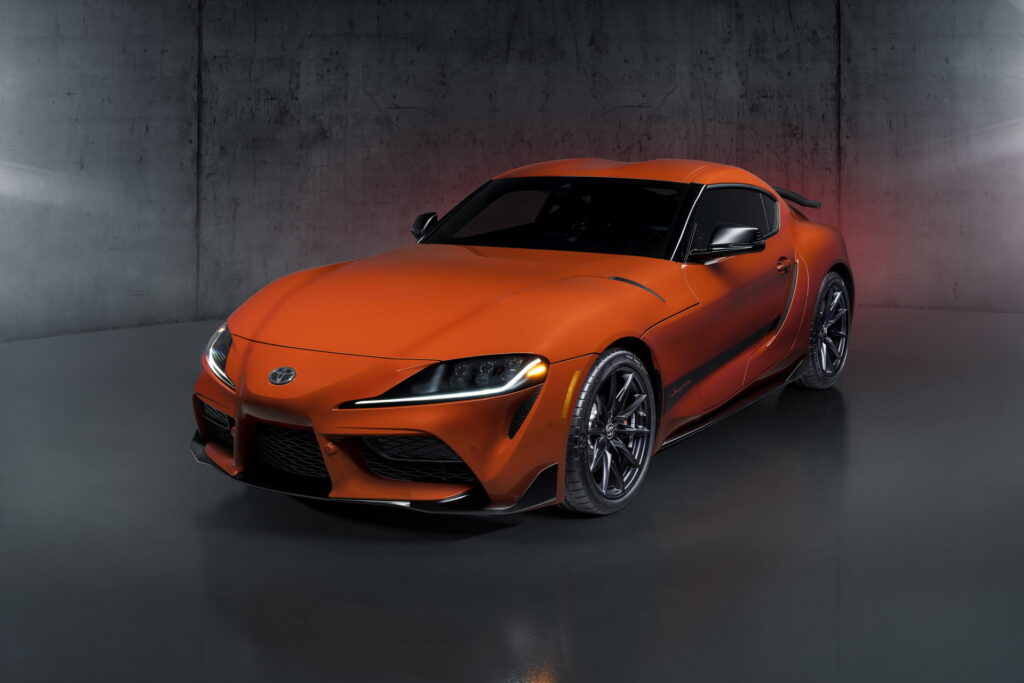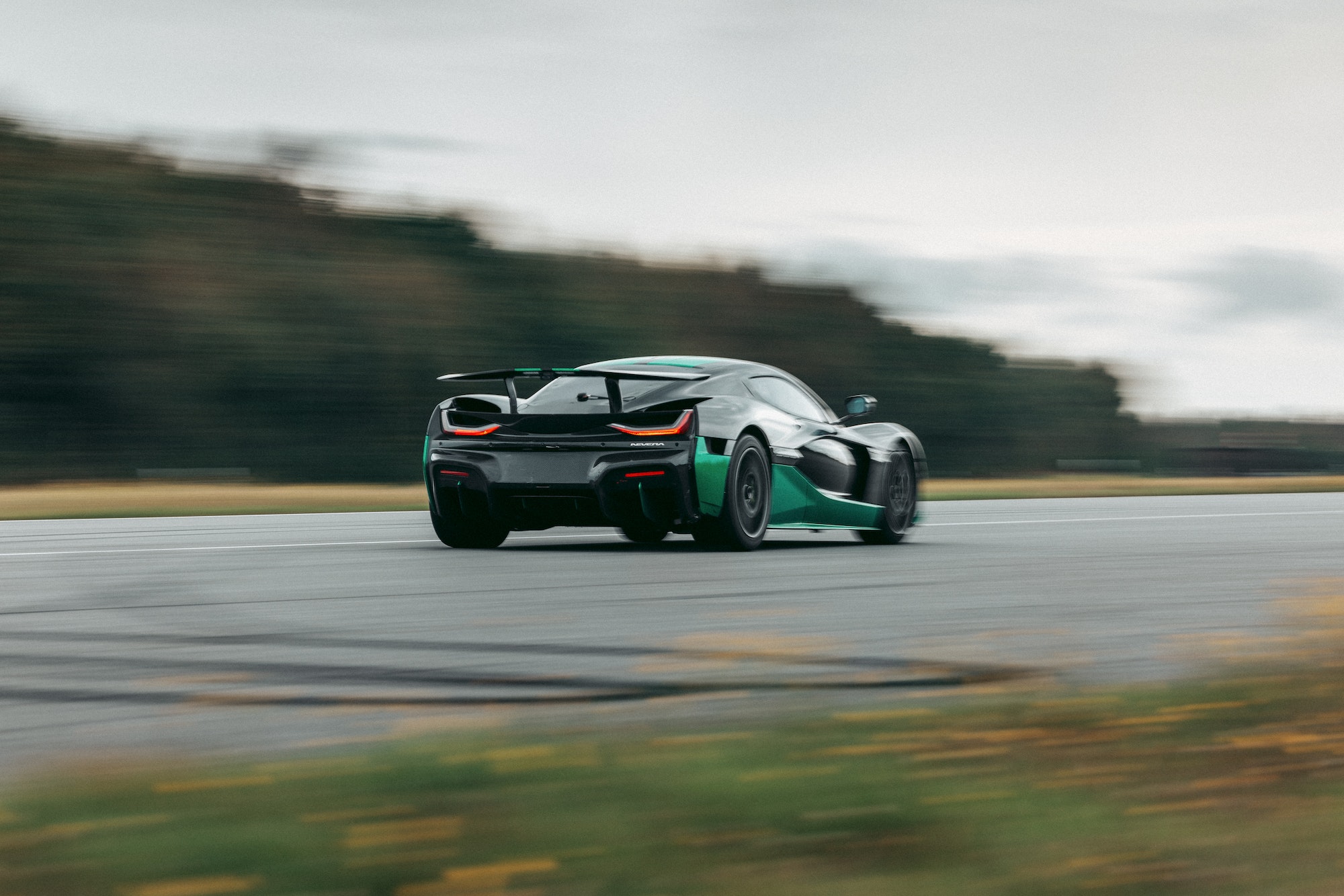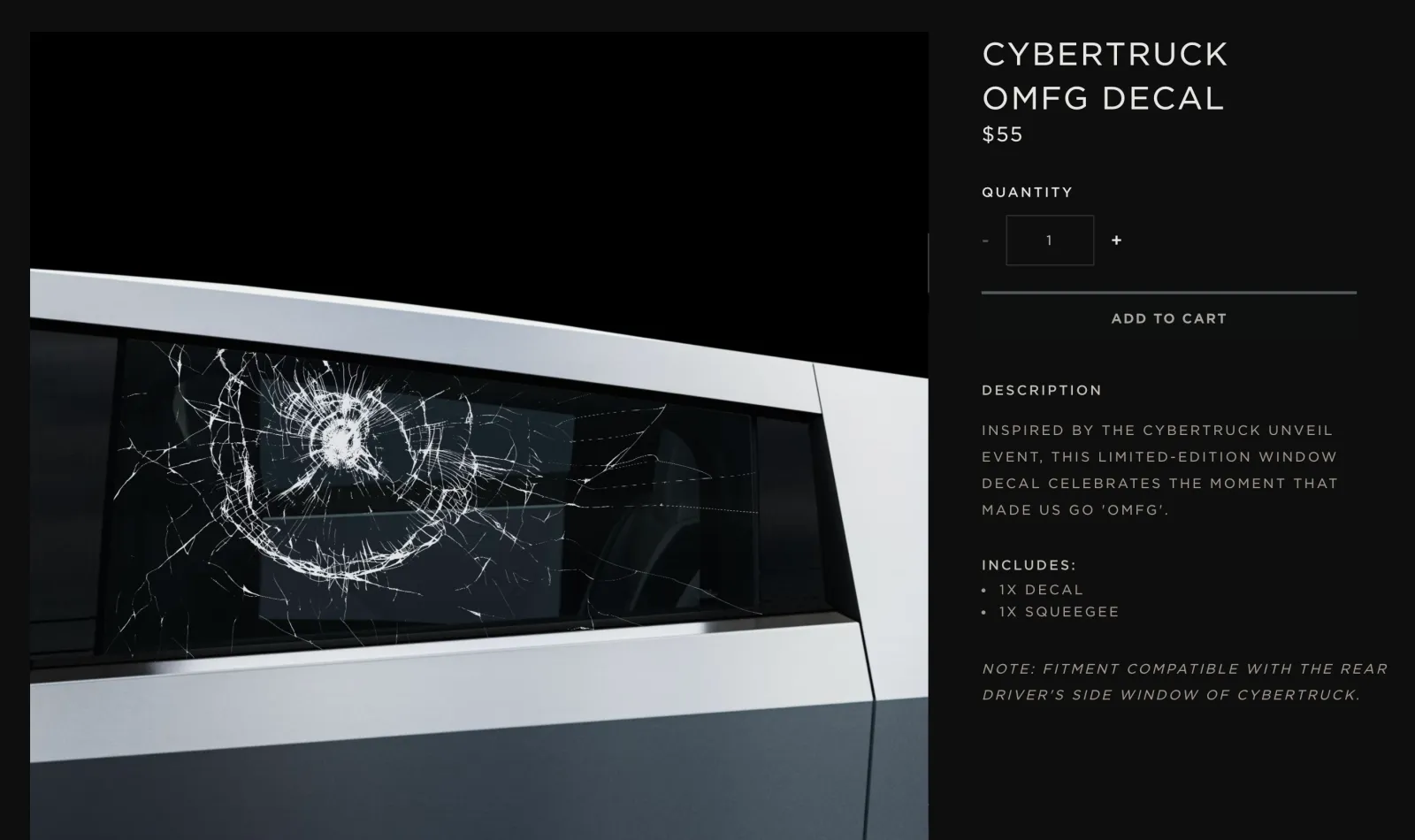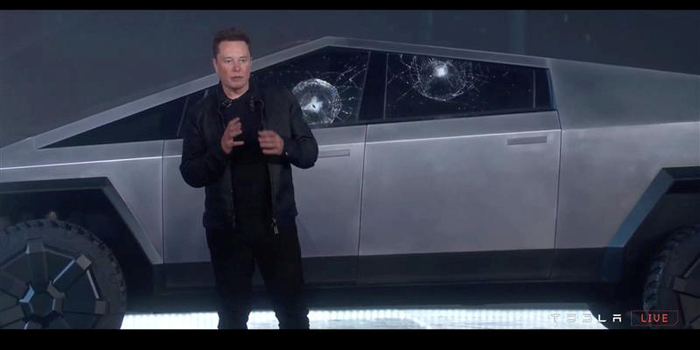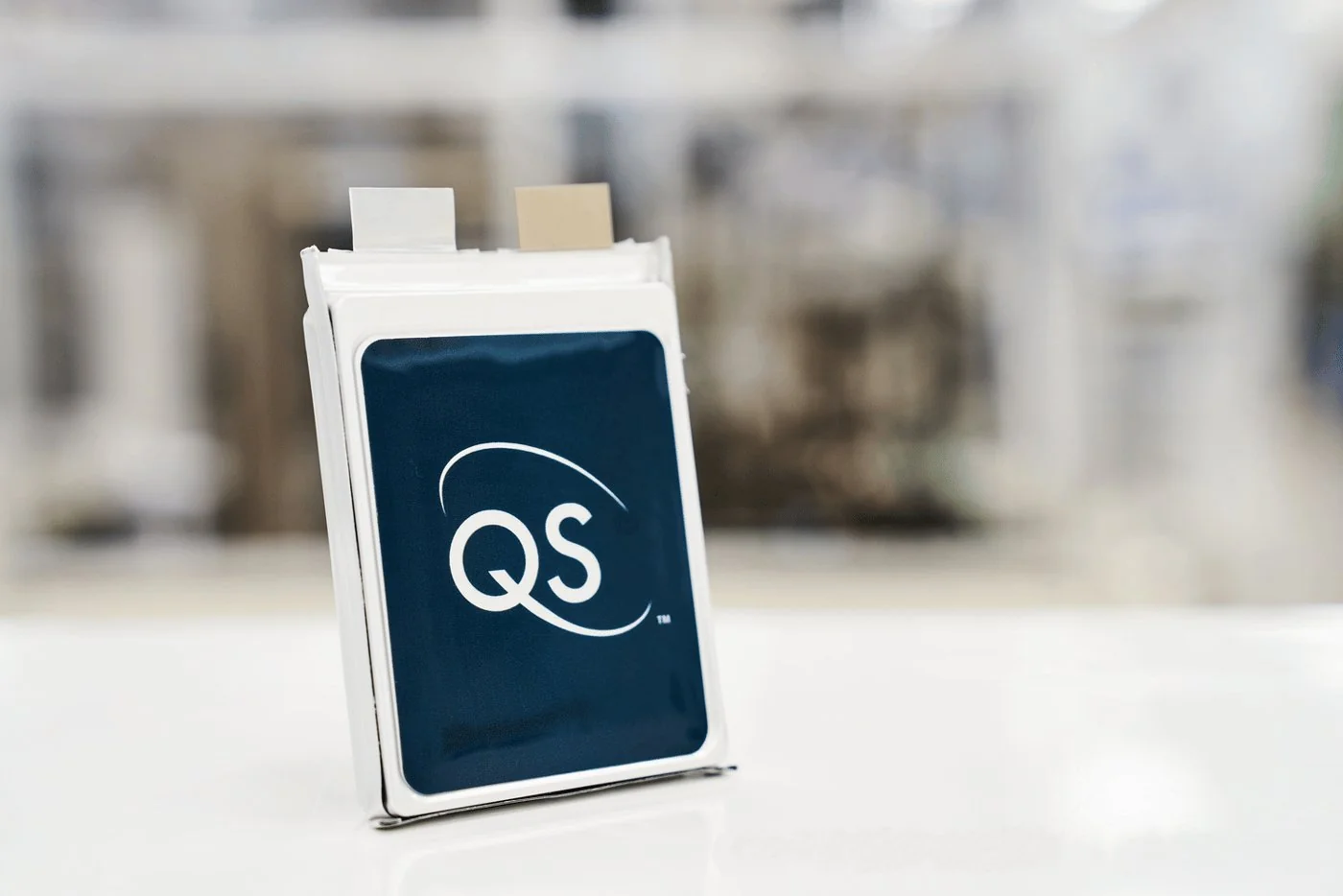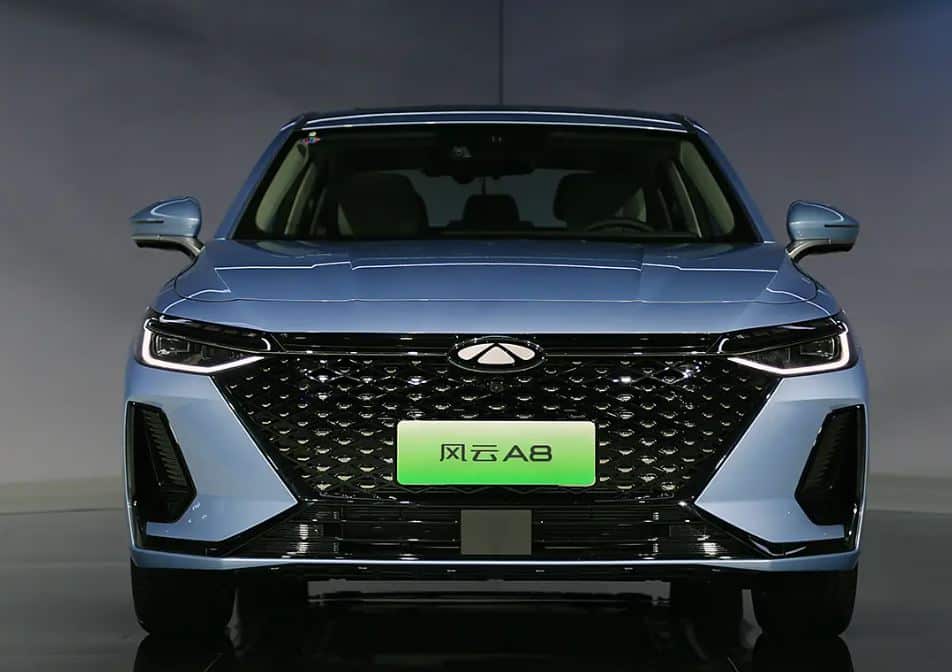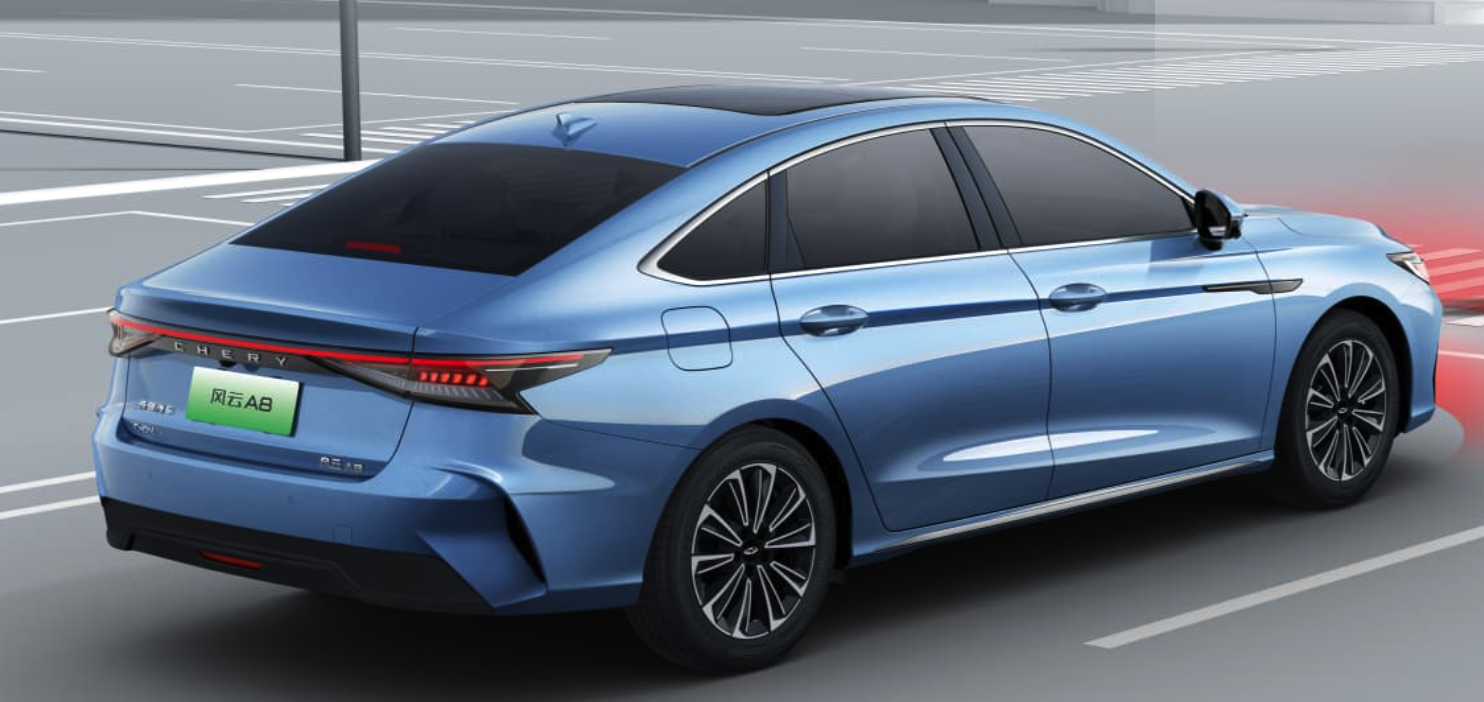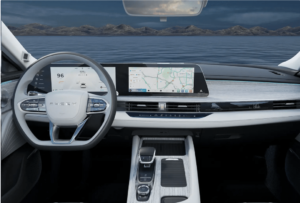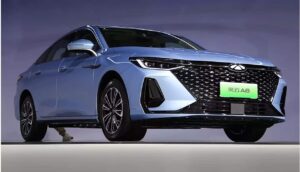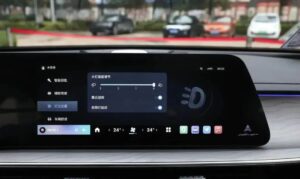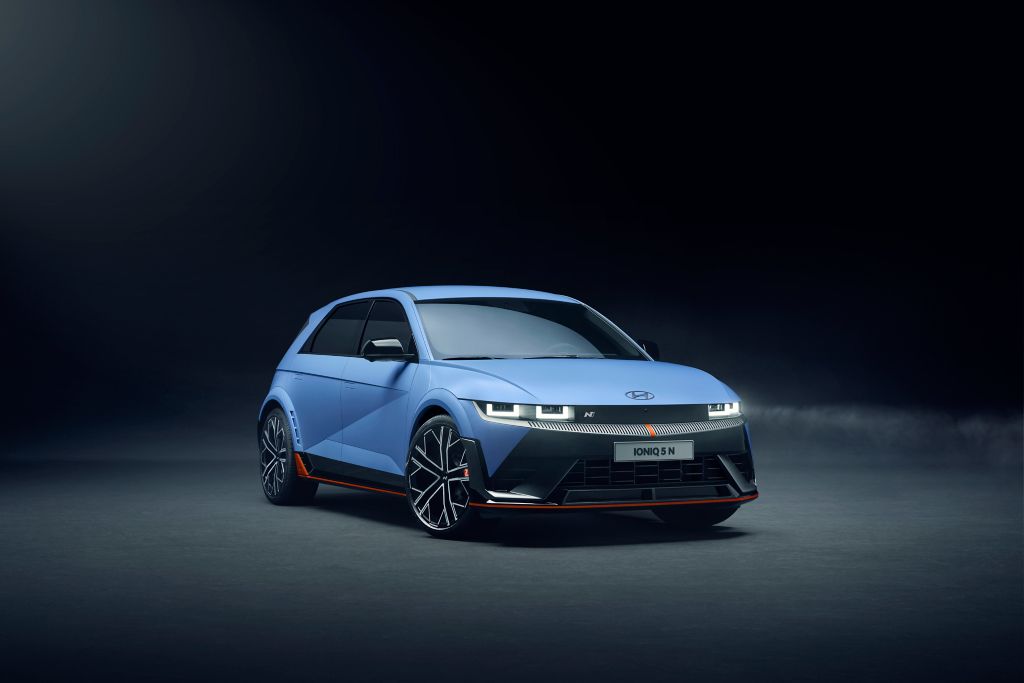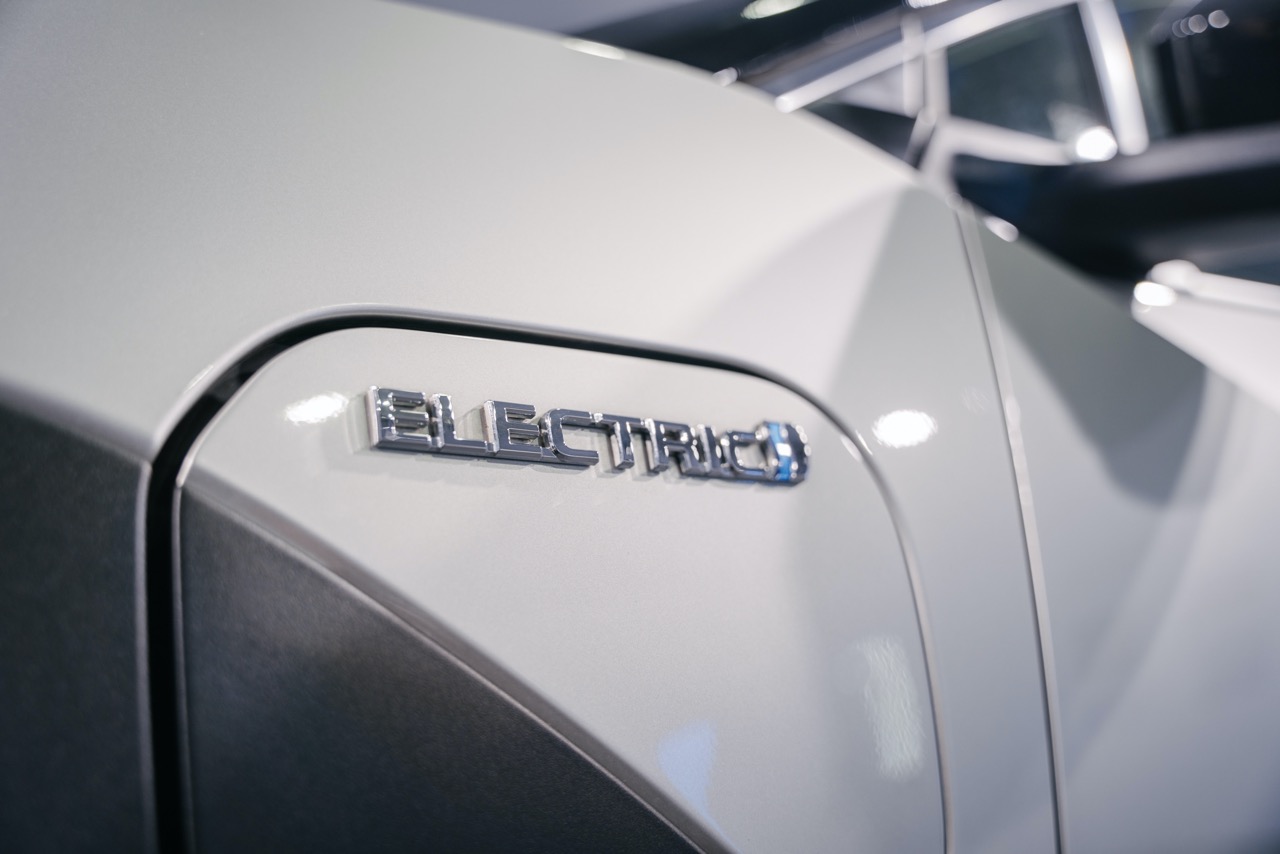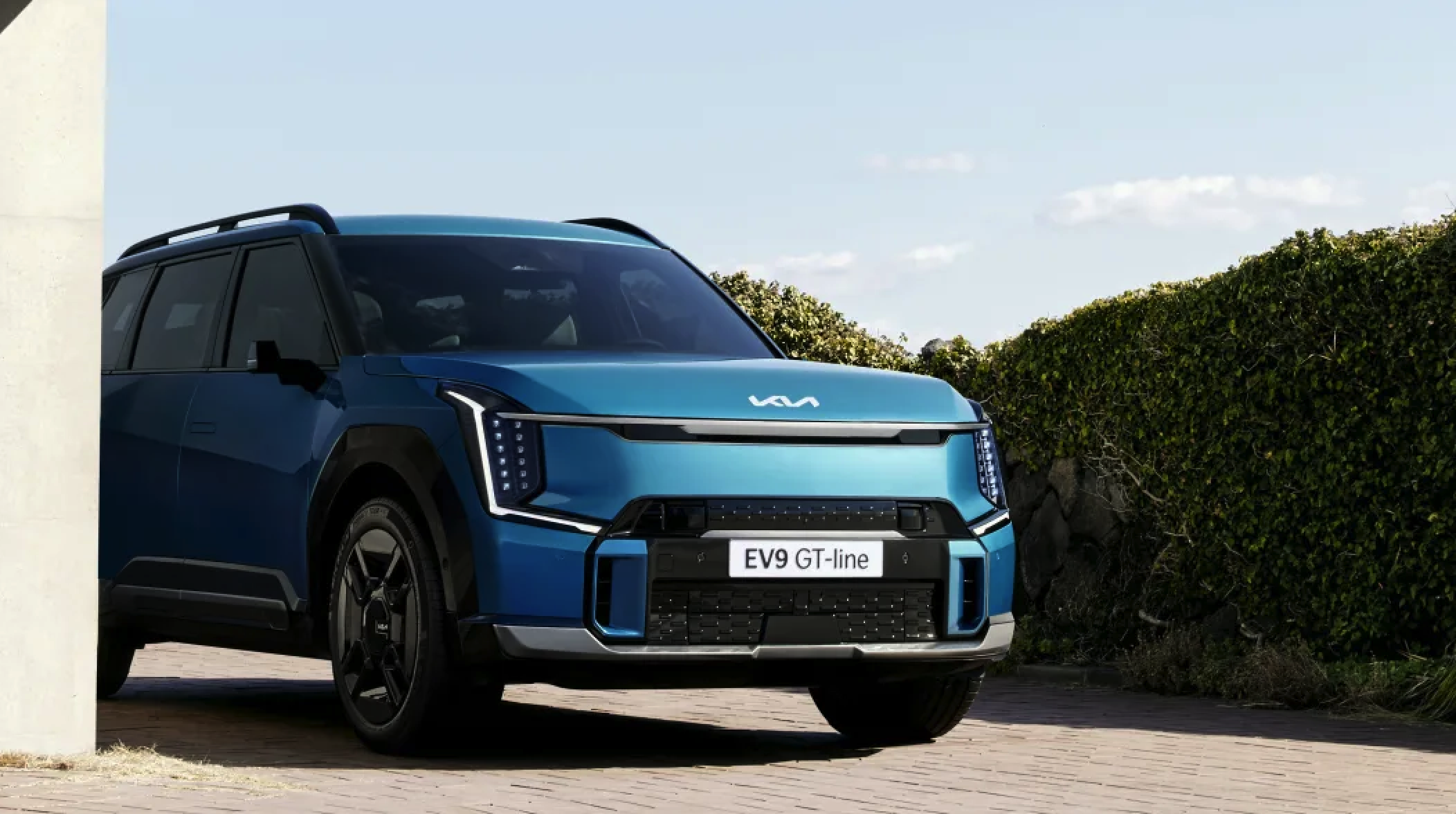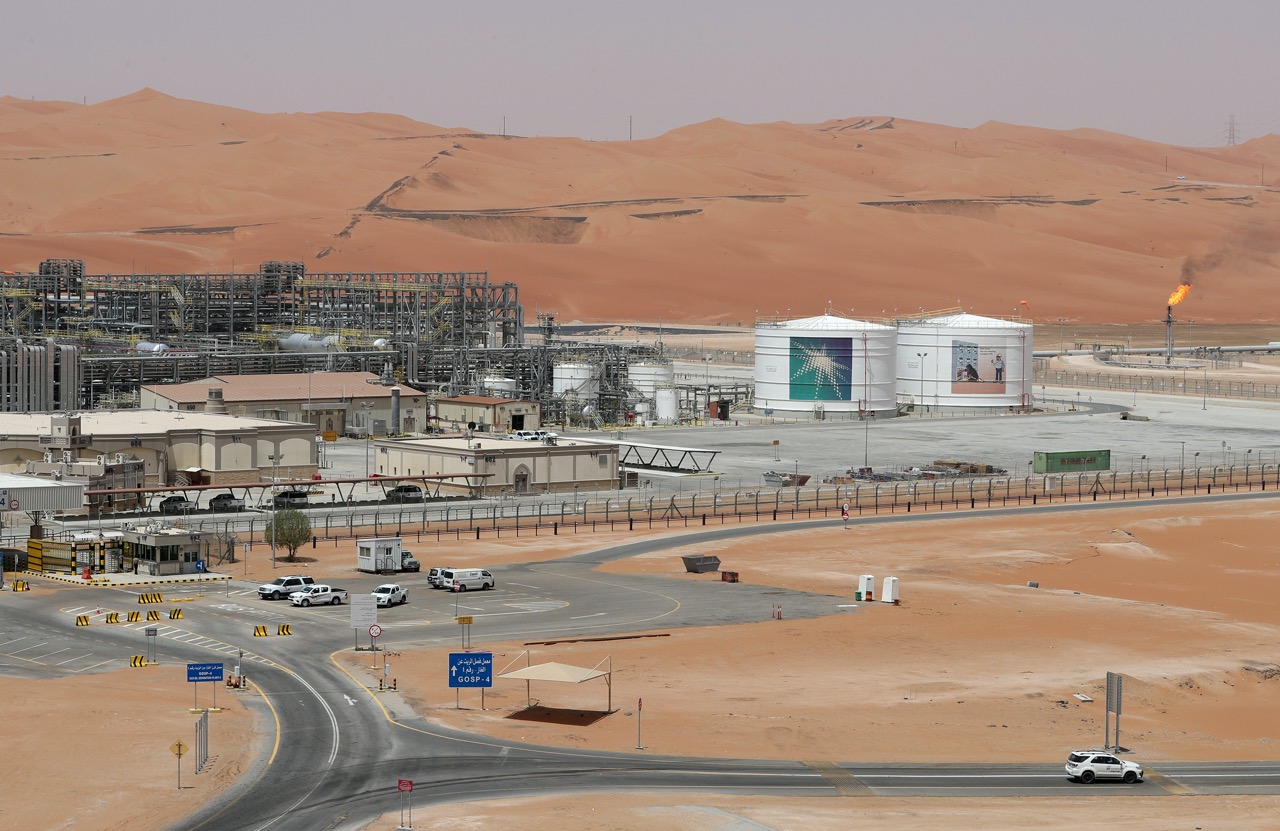In 2024, BYD is set to achieve a significant milestone with the launch of its first utility vehicle (ute), which has been spotted in near-production form during testing in Australia. The BYD ute has been designed to meet the demands of the rugged Australian terrain, with collaborative efforts between Australian and BYD engineers.
Images from testing by Autospy reveal an exterior that combines sleekness with robustness. The interior is expected to feature technological advancements, including a digital instrument cluster and a large, portrait-oriented infotainment touchscreen that can rotate.
While specific details about the plug-in hybrid powertrain are yet to be disclosed, industry speculations suggest a 1.5-litre turbocharged engine paired with two electric motors, providing a total output of 489hp. There is also consideration for a fully electric version, although high battery costs pose a challenge.
The pricing for the BYD ute is unknown, but the company is committed to maintaining competitiveness in the segment. EVDirect CEO Luke Todd highlighted BYD’s dedication to affordability, drawing parallels with the pricing strategy for other electric models. As BYD enters the ute market, industry observers are keen to see how it will compete with established contenders, given its focus on technological innovation and tailored design for specific markets.









